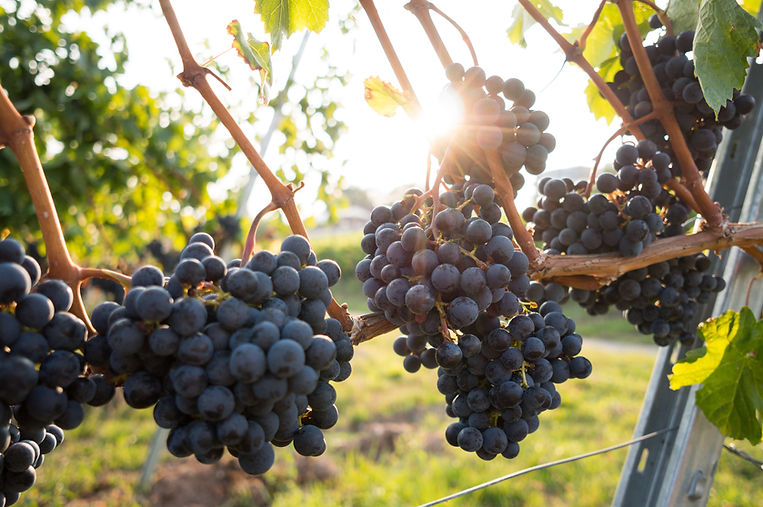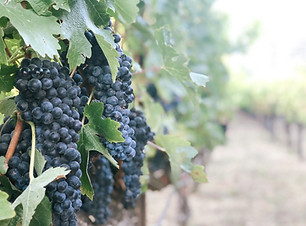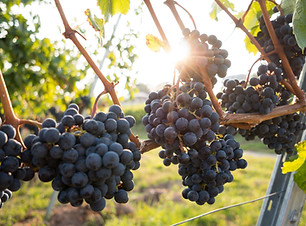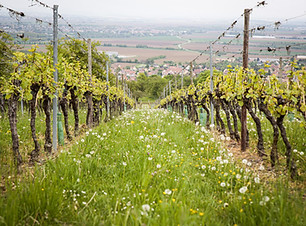Effet du milieu de culture, de la fertilisation et de certains biostimulants sur la croissance, productivité et qualité de la laitue, la fraise et de légumes-fruits et fines herbes
Effet du milieu de culture, de la fertilisation et de certains biostimulants sur la croissance, productivité et qualité de la laitue, la fraise et de légumes-fruits et fines herbes
Effet du milieu de culture, de la fertilisation et de certains biostimulants sur la croissance, productivité et qualité de la laitue, la fraise et de légumes-fruits et fines herbes

Impact of Harvest Date on the Chemical Composition of Wines Produced from Interspecific Vitis sp. Cultivars Grown in Nova Scotia
Résumé
Nova Scotia shows variable yearly climatic conditions making it a challenging environment for grape production. Many factors affect the quality of the grapes and its final product, wine, including geographical origin (e.g., terroir), grape cultivar and berry ripening. In the current study, three Vitis varieties L’Acadie blanc, Seyval blanc and Osceola Muscat were harvested at three different phenological stages (EL-37, EL-38, EL-39, based on the Lorenz scale of Vitis sp. phenology), corresponding to different counts of GDD. Physiochemical data of berries (berry weight, cluster weight, crop load, total soluble solids (TSS), pH, titratable acidity (TA) and chemical composition of wine (TSS, TA, free volatile composition) were analyzed. Fermentation-related volatile compounds (free fatty acids, fatty acid ethyl esters and higher alcohols) accounted for the highest proportion of wine volatiles compared to variety-related volatiles such as C6 alcohols, terpenes, C13-norisoprenoids and volatile phenols. 3-Methyl-1-butanol was the main aroma compound found in wine from all analyzed cultivars, followed by 2-phenylethanol which showed a significant increase from EL-37 to EL-39 in all wines. Similar trend was observed in other fermentation-related compounds such as ethyl lactate, isobutyl acetate, α- butyrolactone, pantolactone whose concentration significantly increased with ripening. On the other hand, the concentration of fatty acid degradation products such as cis 3-hexanol and 1-hexanol significantly decreased with ripening. Aromatic esters such as phenyl ethyl acetates were detected at very low levels in wine, but significantly increased by 166% from stage EL-37 to EL-39.
Informations sur le projet
Étudiante:
-
Kumuduni Lakmali
Collaborateurs:
-
Grape Growers’ Association of Nova Scotia
-
Canadian Grapevine Certification Network
-
Nova Scotia Department of Agriculture
Financement:
-
Grappe scientifique en viniculture
Direction:
-
Martine Dorais
Codirection:
-
Karine Pedneault
Partenaires





